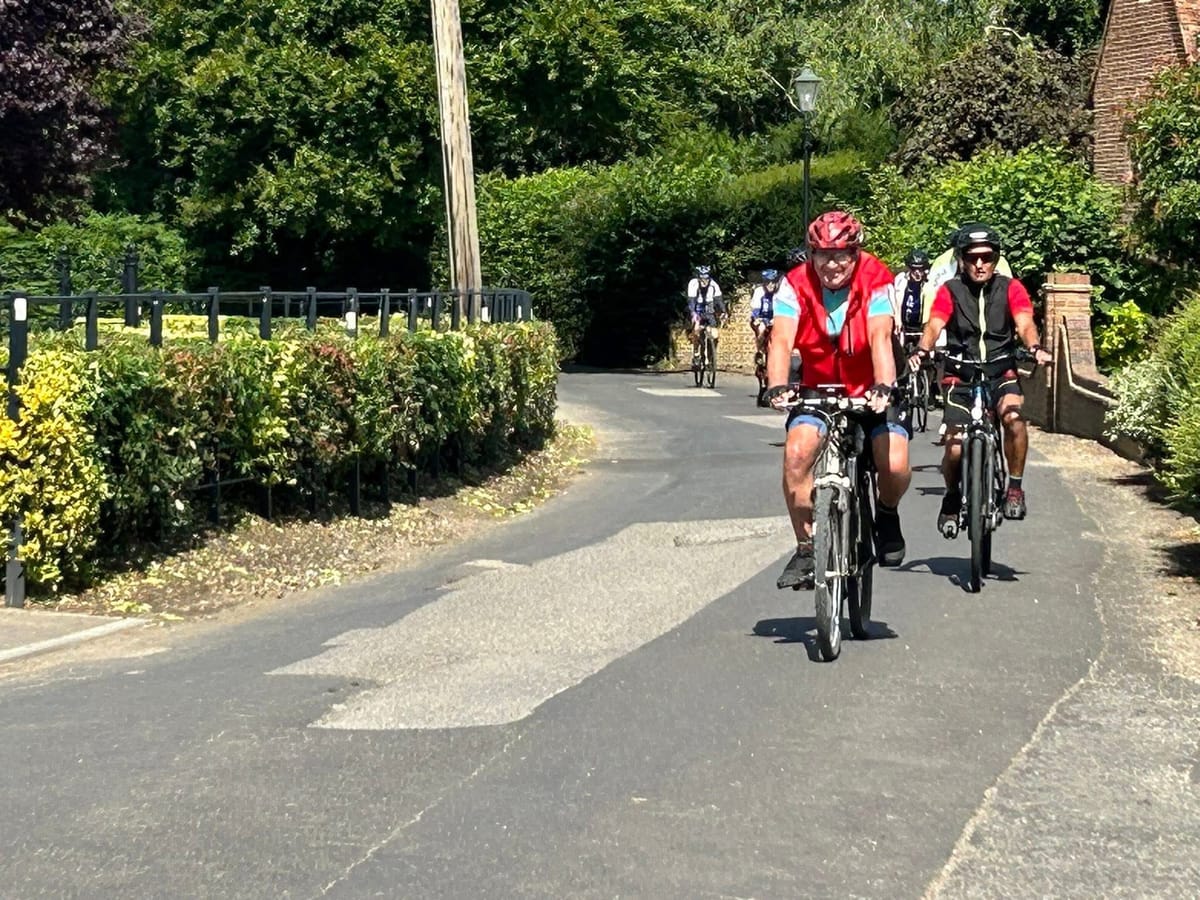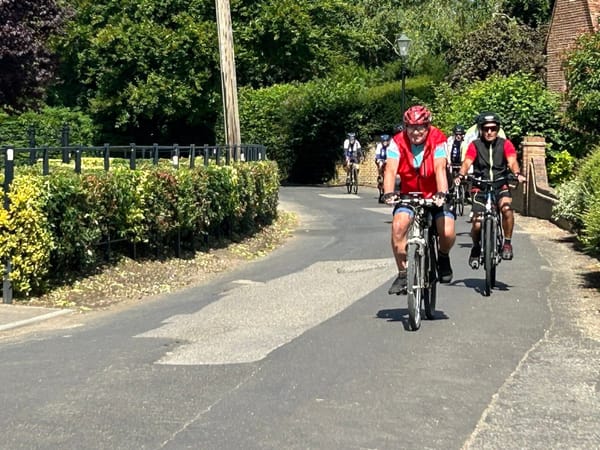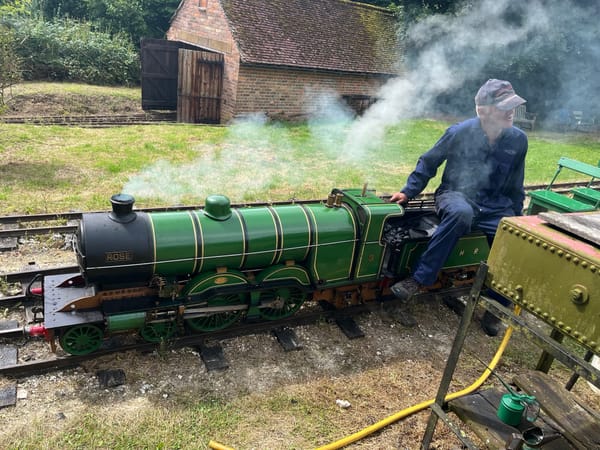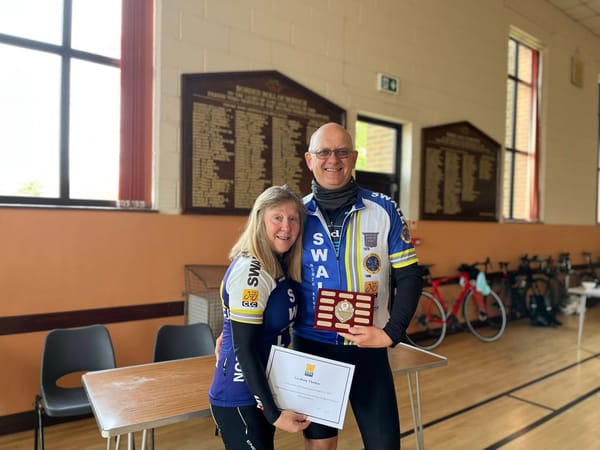Riding in a Group

Helpful advice about riding in a group.
These guidelines are primarily for riders new to group riding, however they are also a useful reminder to our more experienced riders.
Club rides
There are many benefits to riding in a group. It is safer, sociable and more energy efficient. By riding in a club, you will benefit from riding with more experienced cyclists and learn about the local area. However there is a fairly simple set of rules to which all riders need to adhere. These rules are accepted good practice and will make the experience for all riders and other road users safer and more enjoyable.
Our club rides are not races. They are there to provide an enjoyable, safe but fitness-focused cycle ride. Before joining one of our rides carefully consider your riding ability and choose a ride that is suitable for you. It may be better to start with a ‘C’ social ride or ‘B’ ride until you find your correct ability level to ensure that you have an enjoyable and achievable first ride. You can also speak to a club member for an informal chat about your cycling ability. In this club we never leave a rider behind, someone will always stay with you.
When riding with the club you are representing the club. Please consider this with your behaviour at all times.
Be prepared
An important benefit of riding in a group is that there is always help at hand, especially if there are mechanical problems. If you are new to cycling, it is a great help to be with more experienced riders, but you should take steps to acquire knowledge of basic road-side repairs. It is the responsibility of every rider to to be self-reliant and to come fully equipped for the ride.
Ensure your bike is in good working order prior to the ride.
Ensure your clothing is suitable for the weather conditions. The wearing of helmets is not compulsory but is recommended.
Carry enough water and emergency food supplies.
Bring enough money to buy food at cafe stops and always carry ID and a mobile phone if possible.
You MUST carry some basic repair equipment. Pump, 2 inner tubes (correct size), tyre levers and a multitool.
It would be helpful to advise (confidentially, if required) the ride leader of any medical issues.
Riding formation
The usual formation for our group is to ride in single file, depending on prevailing road conditions. On wider roads it is acceptable, and sometimes safer, to ride in pairs. We do not ride three or more abreast.
Stay in position, do not make sudden changes to your speed or position as this may compromise the safety of the group.
Try to stay reasonably close to the rider in front without overlapping their back wheel. It is also good practice not to ride directly behind the back wheel of the rider in front of you, but offset your wheel at least 6" either side in case you need to take evasive action. Try to ride at an even speed.
Riding in formation can be intimidating for new riders. If this is a concern, talk to a club member about it, so we can place you safely in the group until your bike handling skills and confidence improves. The point of being in a club is to develop your cycling. We are here to help.
Do not ride in the gutter. There are more hazards in this zone and it leaves little room for manoeuvre if there is a problem. Aim to be approximately one metre out.
Aim to be relaxed on the bike and do not fixate on the wheel in front. It is important to look ahead and anticipate problems rather than try to rely on fast reactions. This is especially important if you are feeling tired or feeling low on energy. It is the responsibility of every rider to be alert and watch out for obstacles such as potholes, drain covers, etc. However, generally riders at the front will always try to indicate hazards and the information relayed backwards.
While riding double is safe, there are times when the group needs to single out. To do this, the inside riders maintain a steady pace and allow space to develop between each bike. The outside riders slow off slightly and fall in behind their partner.
On longer climbs the group may naturally break formation as people climb at different rates.
Never ride between two riders in front. Always pass on the outside. Never pass on the inside. The lead riders should wait at the summit and the group can reform to continue the ride together.
Any rider needing to stop or slow down should call out a warning first.
Large groups should split into smaller units with enough space between groups to allow traffic plenty of overtaking space.
If you need to leave the ride for whatever reason please advise the ride leader.




